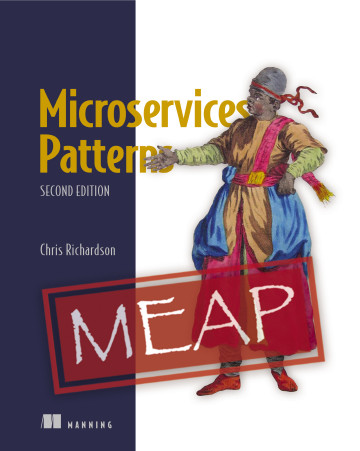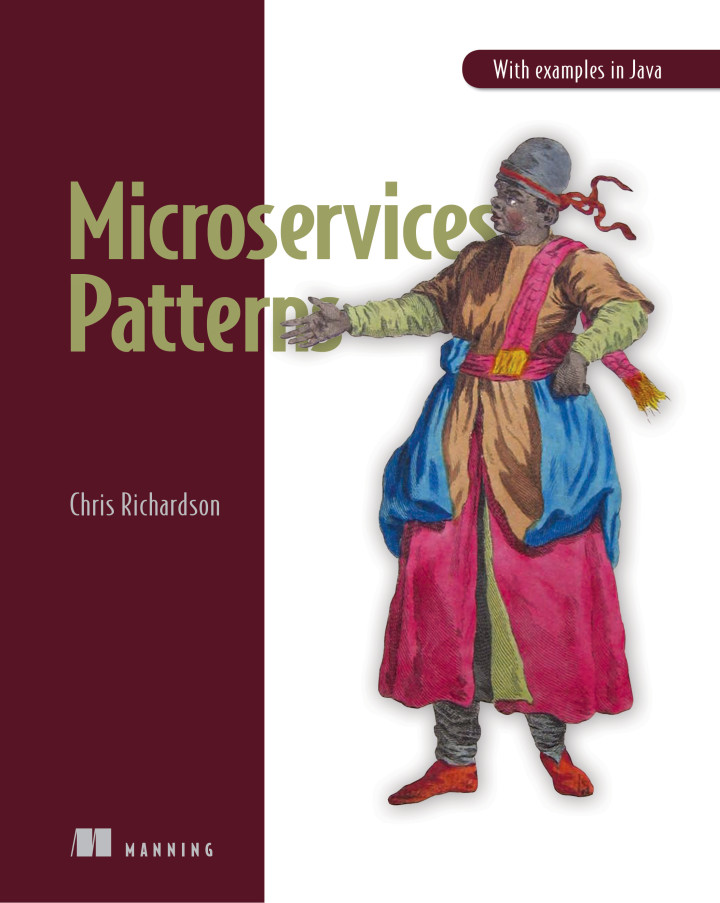Pattern: Single Service Instance per Host
pattern deploymentContext
You have applied the Microservice architecture pattern and architected your system as a set of services. Each service is deployed as a set of service instances for throughput and availability.
Problem
How are services packaged and deployed?
Forces
- Services are written using a variety of languages, frameworks, and framework versions
- Each service consists of multiple service instances for throughput and availability
- Service must be independently deployable and scalable
- Service instances need to be isolated from one another
- You need to be able to quickly build and deploy a service
- You need to be able to constrain the resources (CPU and memory) consumed by a service
- You need to monitor the behavior of each service instance
- You want deployment to reliable
- You must deploy the application as cost-effectively as possible
Solution
Deploy each single service instance on its own host
Examples
Resulting context
The benefits of this approach include:
- Services instances are isolated from one another
- There is no possibility of conflicting resource requirements or dependency versions
- A service instance can only consume at most the resources of a single host
- Its straightforward to monitor, manage, and redeploy each service instance
The drawbacks of this approach include:
- Potentially less efficient resource utilization compared to Multiple Services per Host because there are more hosts
Related patterns
- The Multiple Service Instances per Host pattern is an alternative solution
- The Service Instance per VM pattern is a refinement of this pattern
- The Service Instance per Container pattern is a refinement of this pattern
- The Serverless deployment pattern is an alternative solution.


 Premium content now available for paid subscribers at
Premium content now available for paid subscribers at 




